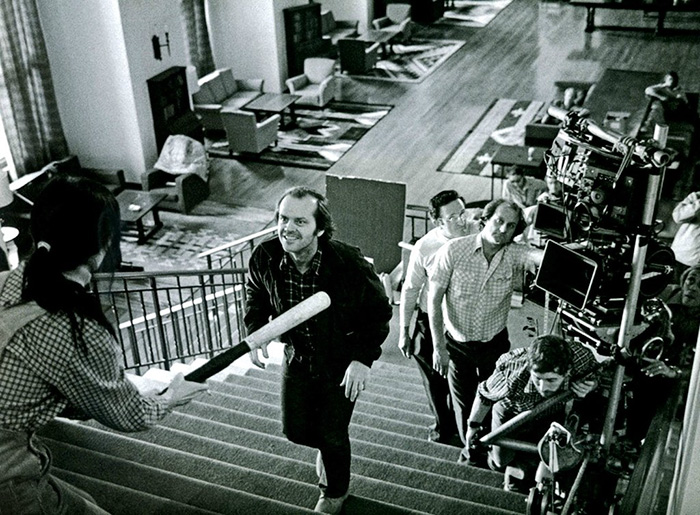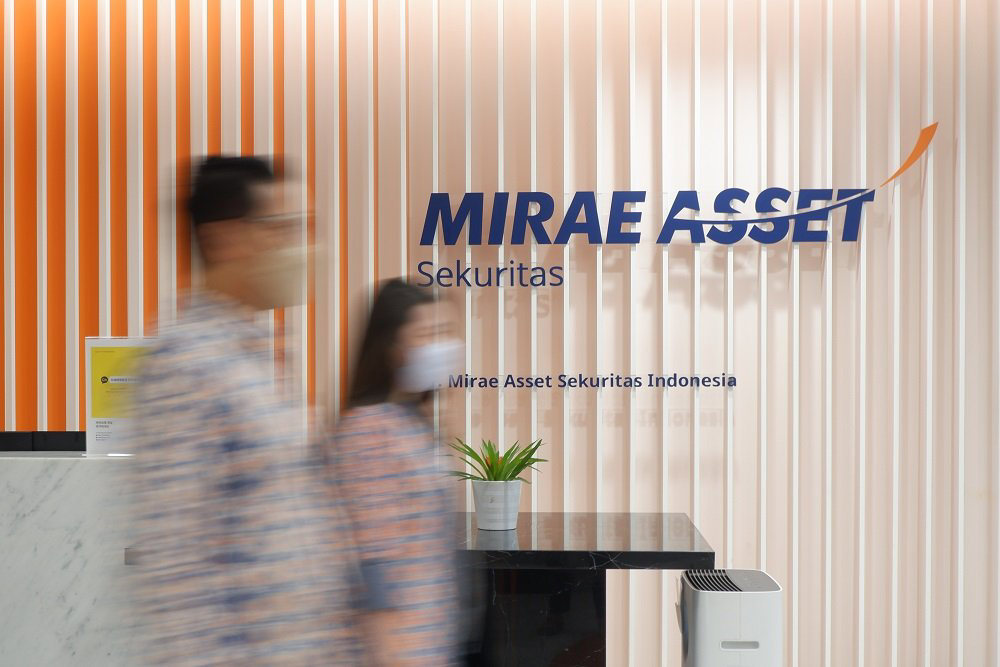Demon Transformation: Behind-the-Scenes Horror On Set

Table of Contents
The Art of Practical Demon Makeup Effects
The creation of a believable demon often begins with the artistry of practical makeup effects. This hands-on approach relies on skilled artisans who sculpt, mold, and apply intricate prosthetics to transform actors into terrifying creatures. The process is demanding, requiring precision, patience, and a deep understanding of anatomy.
Sculpting and Mold Making
The foundation of any practical demon transformation lies in sculpting and mold making. This stage involves creating a three-dimensional model of the demon's features – horns, fangs, grotesque skin textures – usually starting with clay. This serves as the master sculpt from which molds are created.
- Materials: Silicone, latex, and foam latex are common materials used for casting the final prosthetics. The choice of material depends on the desired flexibility, durability, and skin-like quality.
- Sculpting Techniques: Highly detailed sculpting techniques are crucial. Artists often utilize reference images, anatomical charts, and even real-life specimens to achieve accuracy.
- Anatomical Accuracy: Achieving realistic skin texture and muscle definition is paramount. The prosthetics must seamlessly integrate with the actor’s body to appear convincing.
- Challenges: Creating convincingly realistic skin texture, particularly the subtle details of wrinkles, pores, and blemishes, remains a significant challenge.
Application and Airbrushing
Applying the meticulously crafted prosthetics is a delicate process that requires expertise. The goal is a seamless blend between the prosthetic and the actor's skin, creating a unified and convincing transformation. Airbrushing plays a crucial role in achieving realism.
- Adhesives and Sealants: Special adhesives and sealants are used to secure the prosthetics to the actor's skin, ensuring a comfortable and long-lasting application.
- Blending Techniques: Expert blending techniques are essential to eliminate visible seams and create a natural look. This often involves meticulous feathering and layering of materials.
- Airbrush Application: Airbrushing allows for precise application of color and shading, enhancing the depth and realism of the prosthetic. It’s crucial for creating realistic skin tones and shadows.
- Achieving Texture and Detail: Airbrushing can add subtle details like wrinkles, veins, and imperfections, further enhancing the realism of the demon's appearance.
Adding the Finishing Touches
The final stage involves adding those crucial details that elevate the transformation from good to truly terrifying. This often includes blood, veins, and other special effects that complete the demonic look.
- Realistic Blood Effects: Creating realistic blood effects – from fresh wounds to dried scabs – involves using a variety of techniques and materials to mimic the texture and consistency of real blood.
- Applying Veins and Capillaries: Adding veins and capillaries to the prosthetics creates a more lifelike and unsettling appearance, enhancing the realism of the transformation.
- Additional Prosthetics: Additional prosthetics, such as horns, fangs, or other demonic features, are often added at this stage to complete the overall look.
- Wound Effects: Prosthetics can also be used to create realistic wound effects, enhancing the grotesque nature of the demon's appearance.
The Power of Digital Demon Transformations
While practical effects offer tangible realism, digital transformations provide unparalleled flexibility and creative possibilities. This often involves a complex pipeline of pre-visualization, motion capture, and compositing.
Pre-Visualization and 3D Modeling
The digital demon transformation process begins long before filming, with meticulous planning and the creation of a digital model.
- Concept Artists' Role: Concept artists play a crucial role in creating initial sketches and designs of the demon, establishing the overall aesthetic.
- 3D Software: Software like ZBrush and Maya are commonly used for 3D modeling, allowing artists to create detailed and realistic models of the demon's anatomy and texture.
- Realistic Anatomy and Textures: Creating realistic anatomy and skin textures is a crucial aspect of 3D modeling, ensuring that the digital demon looks convincing.
- Collaboration: Close collaboration between makeup artists and the digital artists ensures a unified look, blending the digital enhancements with the practical makeup.
Motion Capture and Performance Capture
Motion capture (mocap) and performance capture techniques are used to translate an actor's performance into the digital demon. This ensures that the creature moves and acts in a believable and expressive way.
- Motion Capture Suits: Actors often wear motion capture suits equipped with sensors that track their movements.
- Performance Capture Techniques: Performance capture goes beyond movement, capturing facial expressions and nuances to create a truly convincing digital character.
- Facial Motion Capture: Precise facial motion capture is crucial for rendering realistic emotions and expressions in the digital demon.
- Achieving Believable Movement: Sophisticated software and techniques are used to ensure that the digital demon's movements are fluid, natural, and believable.
Compositing and Final Rendering
The final stage involves integrating the digital demon seamlessly into the film footage. This requires skilled compositors and a meticulous approach to lighting, shadowing, and other post-production effects.
- Software: Software like Nuke and After Effects are used for compositing and adding final touches to the digital demon.
- Color Correction and Grading: Careful color correction and grading are crucial for ensuring visual consistency between the digital demon and the rest of the film footage.
- Final Details and Polish: The final stages involve adding subtle details and polish to the digital demon, ensuring a flawless integration into the scene.
- Collaboration: Close collaboration between VFX and post-production teams is essential to ensure a cohesive and visually stunning final product.
The Actor's Experience: Embracing the Demon Within
The actors undergoing these intense transformations play a crucial role. Their commitment and collaboration are essential for a believable result.
Physical and Emotional Preparation
Undergoing a demon transformation is a physically and emotionally demanding process.
- Physical Discomfort: Wearing extensive prosthetics can be physically uncomfortable, requiring patience and endurance.
- Hours Spent in Makeup: The application process itself can take many hours, demanding the actor’s commitment and cooperation.
- Method Acting Techniques: Many actors utilize method acting techniques to connect with the character emotionally.
- Emotional Connection: Establishing a strong emotional connection with the demonic character is critical for a convincing performance.
Working with Special Effects Teams
The collaborative spirit between the actors and the special effects teams is vital for success.
- Communication and Trust: Open communication and trust are essential between the actor and the special effects team.
- Feedback and Adjustments: The actor’s feedback during the application process allows for adjustments and refinements.
- Understanding Technical Limitations: Actors must understand the limitations and challenges of the special effects techniques being used.
- Building Rapport: Building a strong rapport between actors and the team ensures a smoother and more comfortable transformation process.
Conclusion
From the painstaking artistry of practical effects to the groundbreaking power of digital technology, the creation of believable demon transformations is a complex and collaborative process. This behind-the-scenes look reveals the dedication, skill, and innovation required to bring these terrifying creatures to life on screen. Whether you're captivated by the intricate detail of practical demon makeup or the cutting-edge techniques of digital effects, the world of demon transformations offers a chilling glimpse into the artistry and technology of horror filmmaking. To delve deeper into the fascinating world of special effects, explore more articles on demon transformations and other cinematic magic!

Featured Posts
-
 Le Pen Attacks Witch Hunt Narrative At Paris Political Rally
May 29, 2025
Le Pen Attacks Witch Hunt Narrative At Paris Political Rally
May 29, 2025 -
 Uniteds Summer Transfer Window Free Agent Signing Could Transform The Squad
May 29, 2025
Uniteds Summer Transfer Window Free Agent Signing Could Transform The Squad
May 29, 2025 -
 Luca Marinis Assessment Of Aleix Espargaros Moto Gp Comeback
May 29, 2025
Luca Marinis Assessment Of Aleix Espargaros Moto Gp Comeback
May 29, 2025 -
 How One Crypto Traders Trump Coin Short Sell Earned A White House Dinner
May 29, 2025
How One Crypto Traders Trump Coin Short Sell Earned A White House Dinner
May 29, 2025 -
 Kontroversi Nft Nike Gugatan Rp 84 Miliar Dari Pembeli
May 29, 2025
Kontroversi Nft Nike Gugatan Rp 84 Miliar Dari Pembeli
May 29, 2025
